6 unexpected fruits that have more vitamin C than orange
Although vitamin C does not prevent colds, it is vital for the production of collagen and iron absorption. It is recommended to consume between 60 and 120 milligrams daily, and there are fruits with more vitamin C than oranges to vary the diet.
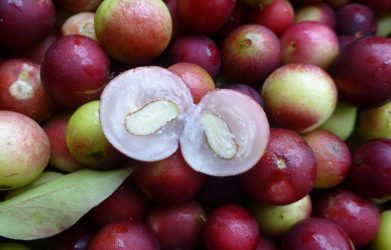
Recent studies have clarified that the belief that vitamin C helps prevent colds and flu is a myth, because it has not really been shown to have such effect. But it is needed for other functions, such as collagen production, tissue repair and iron absorption. Therefore, it is still important that we reach the recommended daily average dose of between 60 and 120 milligrams, with a maximum safe limit of 2,000 milligrams. Surely, the first thing you think about is in the oranges, since 100 grams provide 50 milligrams of vitamin C. However, you may not know that there are other fruits with an even greater concentration and that they will help you give variety to your diet.
1. Camu-Camu
Considered a "superfruta" for its important content of bioflavonoids and essential amino acids, this small Amazon fruit, similar to a grape, has about 2,700 milligrams of vitamin C per 100 grams, that is, almost 40 times more than orange. Known in Brazil as Caçari, in Colombia as Guayabo and in Venezuela as Guayabito, it is not easy to get out of the region, so it is also marketed in dust or tablets. If you consume it, be careful: you could not only exceed the recommended daily dose of vitamin, but it has a laxative effect.
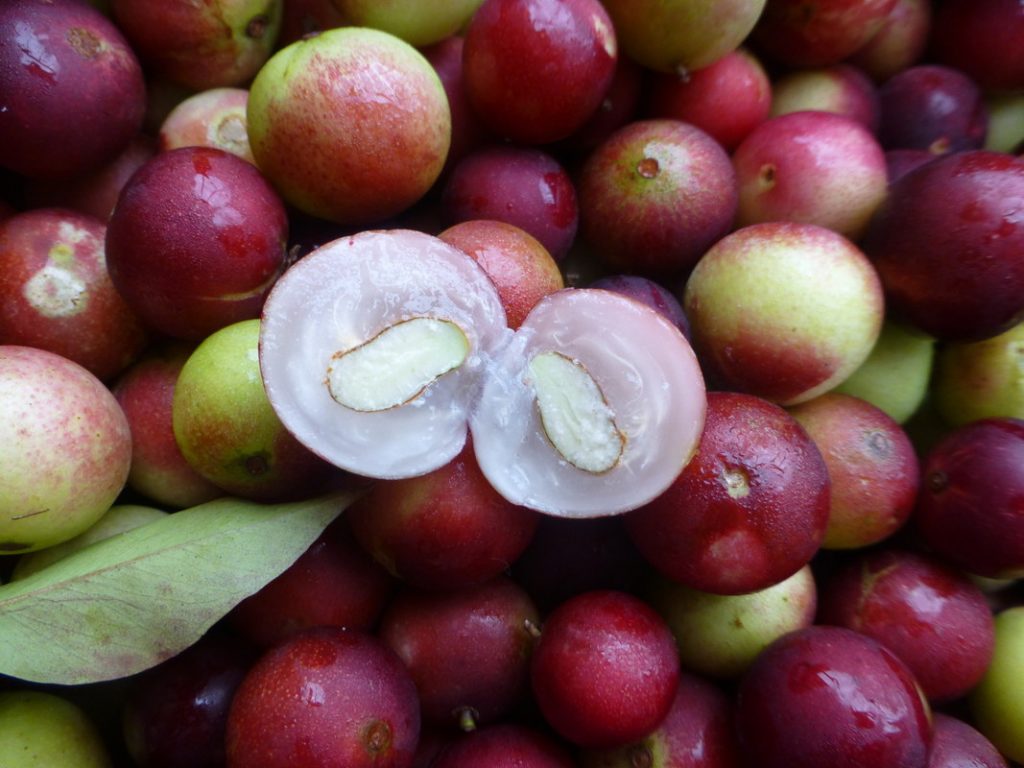
2. Acerola
It is also known as Manzanita, Semeruco or Cerecita, this last name because it looks like a cherry. It is native to Central and South America, being Brazil, Puerto Rico and Venezuela those who have the greatest amount of crops, but currently occurs in many other distant places, such as Australia and Thailand. It is very high in vitamin C, with between 1,000 and 2,000 milligrams per 100 grams. It also has vitamin B6, vitamin B1, vitamin A, flavonoids, iron, calcium, phosphorus, potassium and magnesium. Like the Camu-Camu, it must be consumed in moderation.
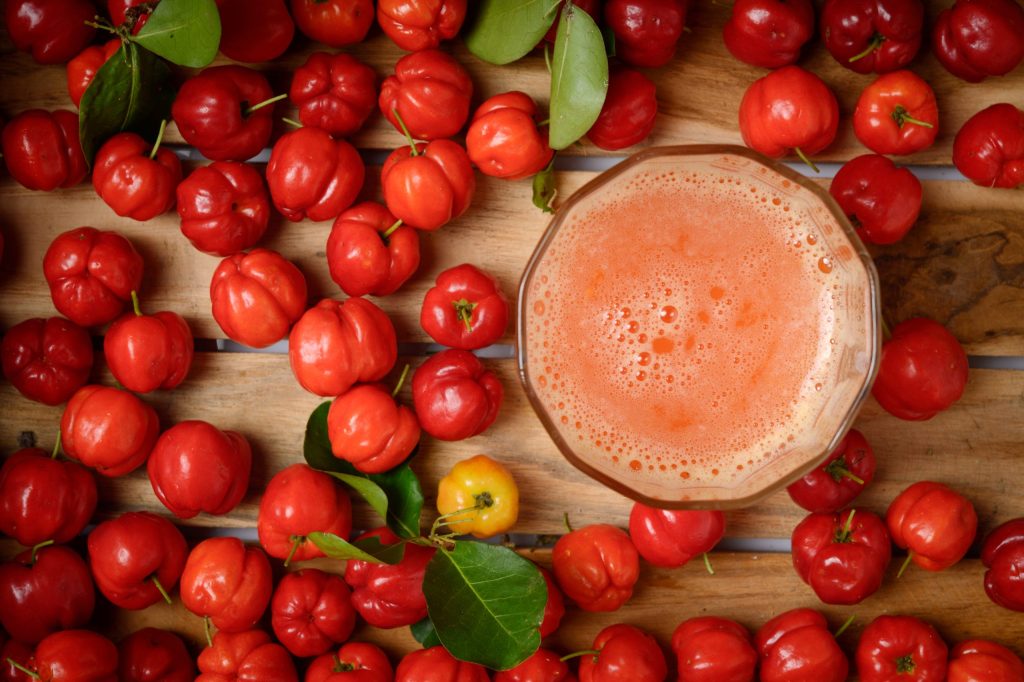
3. Gubinge
Do not worry if you had never heard of this fruit, because it is actually quite exotic. It is a variety of plum that is cultivated in Australia and that is also known as Kakadu or Murunga, which is considered the fruit with the highest vitamin C content in the world: 3,150 milligrams per 100 grams. For this reason, the aborigines of the region have consumed it for thousands of years as a "superfood." The fruit is sold internationally at quite high prices, although it has recently gained a little more popularity in the form of dust.

4. Guayaba
With 200 milligrams per 100 grams, this fruit, which is quite economical in many parts, is almost twice as vitamin C of orange. It is very versatile because it can be eaten whole or processed in juices, jellies, sweets, etc., and even the leaves and roots are used in teas. Also called Arasá in some countries, it has antidiabetic, anti -inflammatory and antispasmodic properties, among many other benefits. It is excellent to help digestion and reduce bad cholesterol (LDL) because it is rich in soluble fibers, such as pectin.
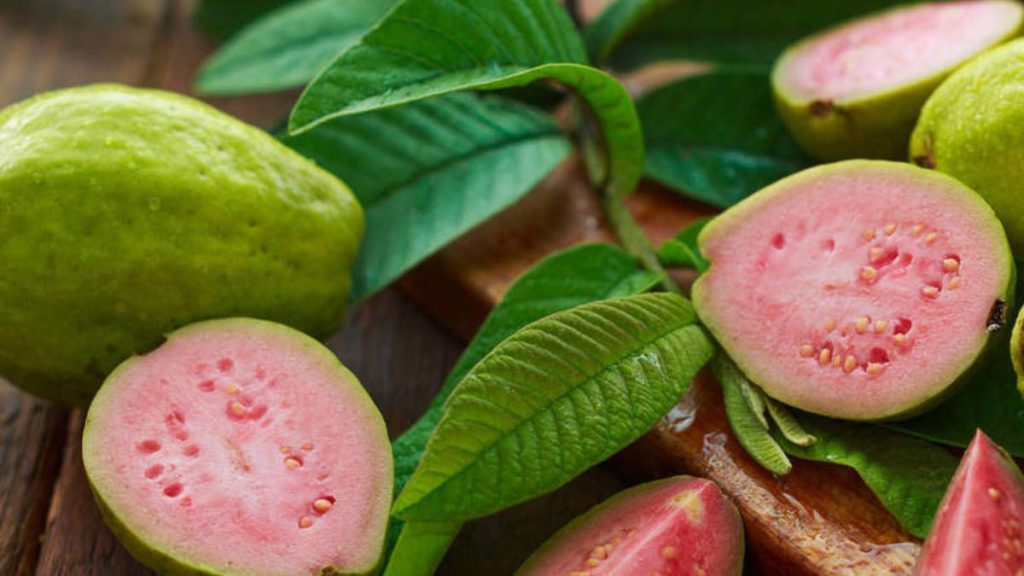
5. Kiwi
If when you hear about the kiwi you think of New Zealand or even Australia, you may surprise you to know that, in reality, this fruit is originally from China and its name was Yangtao before being "adopted" officially by the New Zealand. Wherever, the truth is that this striking berry of intense green color has 100 milligrams of vitamin C per 100 grams, in addition to an important concentration of potassium, calcium and antioxidant compounds such as lutein or zeaxantine.
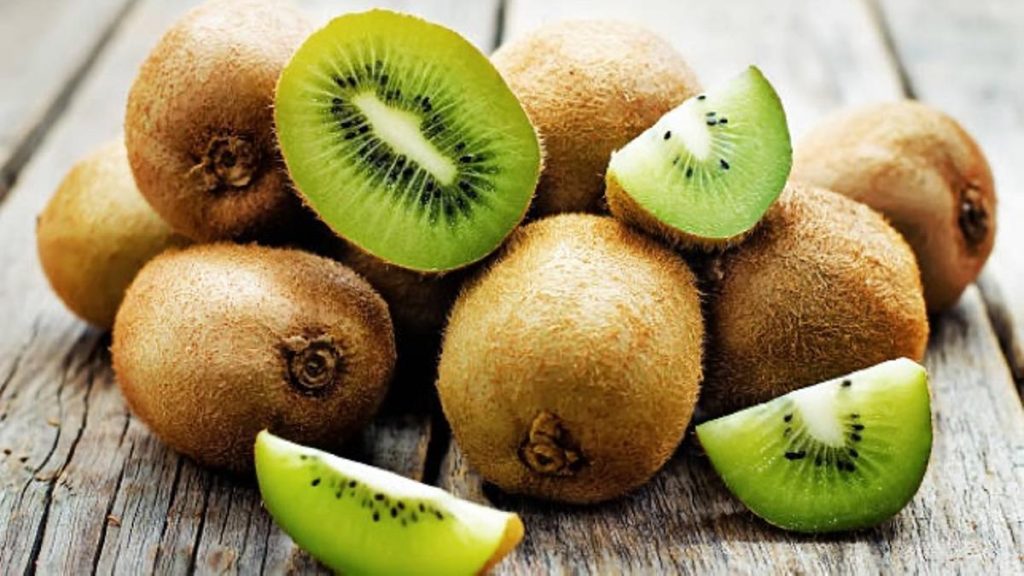
6. Black currants
Also called Cassis, Black Biverse or Black Zrazaparilla, it is more common in Europe, although it can also be obtained in the section of products imported from large supermarkets from other parts of the world. That its small size does not deceive you: this dark purple berry contains 170 milligrams of vitamin C per 100 grams, a concentration higher than that of the kiwi. In addition, it is a good source of calcium, potassium and anthocyanins that can strengthen the immune system.
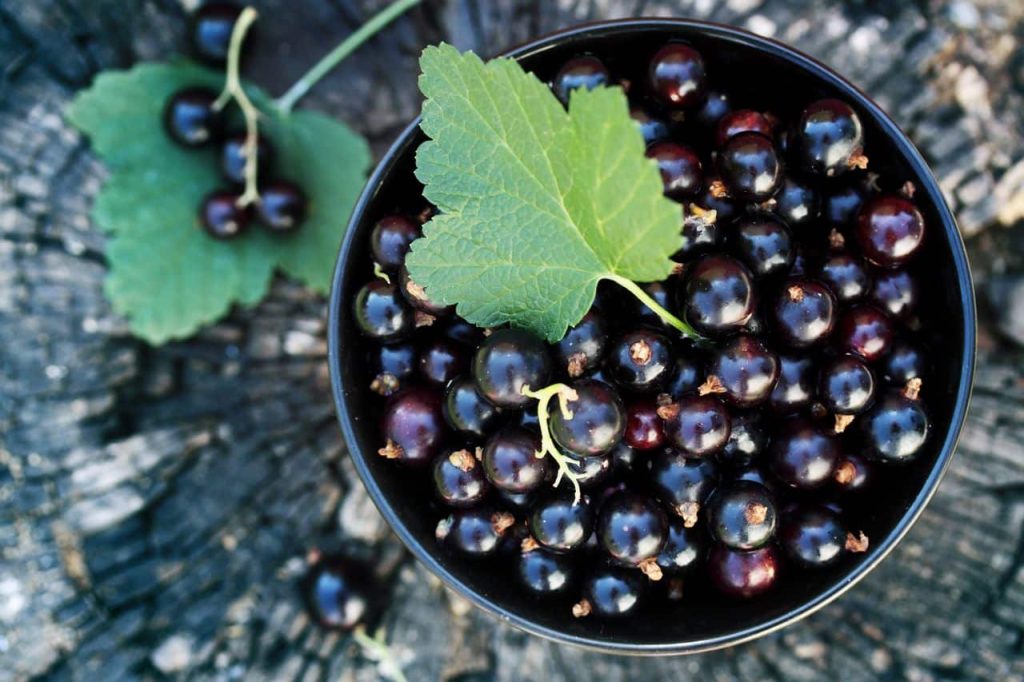
Be careful
In addition to these and other fruits, other foods such as broccoli, parsley and peppers are also high in vitamin C near the maximum recommended limit of 2,000 milligrams. And if, apart, you take a supplement, you may be consuming it in excess. In most cases the body simply eliminates that excess through urine, but there have been cases of very high "overdose" that cause diarrhea, vomiting and abdominal cramps, so moderation should always reign. This is especially important in children and people with kidney diseases.

This only thing can hospitalize you with coronavirus, says study

How 10 emblematic models of Victoria’s Secret have changed over time
